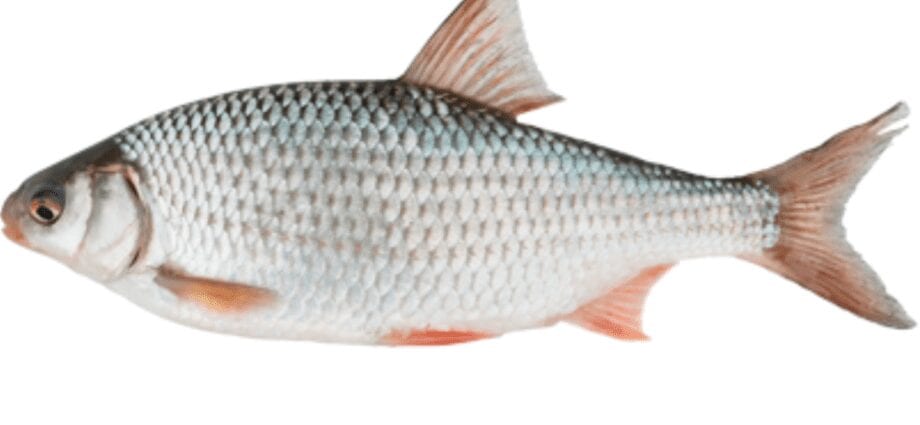Contents
Description
Roach is a schooling or semi-anadromous fish from the cyprinid family that lives in both freshwater and semi-saline water bodies. For fishing enthusiasts, this fish is interesting because it leads an active lifestyle at any time of the year so that no one will be left without a catch. Besides, the roach is also of interest to cooks, who prepare various dishes from this fish.
This fish differs because it has many subspecies with their own names, such as ram, roach, soroga, etc. In Siberia and the Urals, it is called nothing more than a chebak.
The back color of the roach is dark with a green or blue tint, while the rest of the body, such as the sides and belly, is silver. The fish differs from the closest relatives because it has mild pharyngeal teeth on each side of the mouth, and the body is covered with rather large scales. There is a mouth at the end of the muzzle, and a fin on the back can be seen, which is located above the pelvic fin.
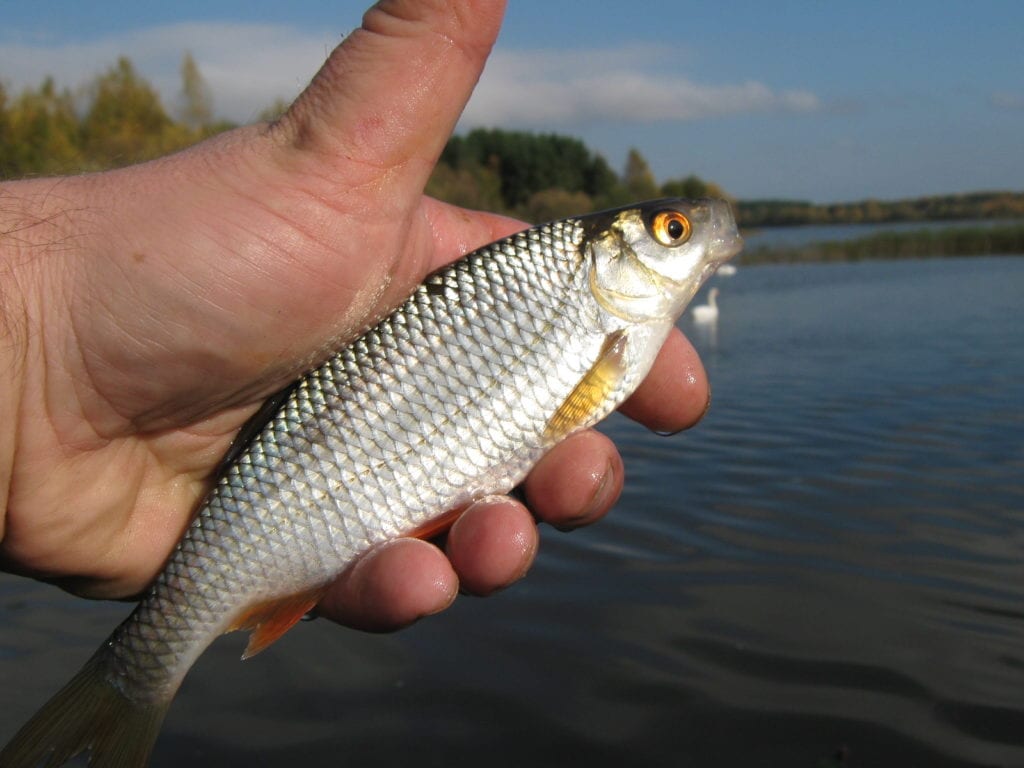
The fish scales are colored in pure silver tones. The lower fins are orange-red, while the caudal and dorsal fins are darker in color. According to many experts, the roach, in comparison with its relatives, has brighter colors. Adults eat a variety of foods, both of animal and plant origin.
Depending on the habitat, sexual maturity in roach occurs at the age of 3 to 5 years. The spawning process begins in early spring and ends in May when the water temperature is around +8 degrees. Roach eggs are small, only 1.5 mm in diameter, which the female sticks to plants.
The spawning process is very noisy, as the fish go to spawn in numerous schools. Depending on age, the number of eggs ranges from 2.5 to 100 thousand. The female will sweep all the eggs in one go. After about a couple of weeks, fry of roach appear from the eggs, which begin to feed on their own on the smallest invertebrates.
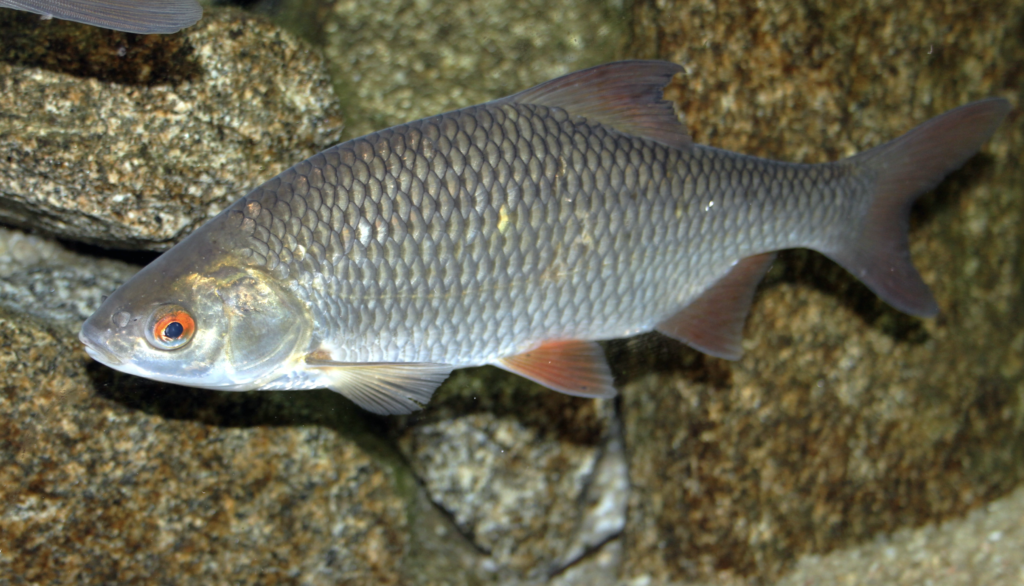
Semi-anadromous species, such as roach, grow much faster, and their fertility is also higher, at least 2 times. After spawning, the adults return to the sea. Here they gain fat.
10 interesting facts about roach
Perhaps there is not a single angler who would never catch roach. This fish is distributed throughout Europe and is found in every body of water. Fishing for roach is a lot of fun and unforgettable experience, especially when you manage to run into a hungry flock of this fish. Here is some interesting information about fish that not many people know.
- The common roachl ives throughout Europe. You can also find it in reservoirs of Siberia, the basins of the Aral and Caspian seas.
- Roach is so widespread throughout the world that different states often depict it on postage stamps.
- Observations show that this fish prefers freshwaters with a lot of vegetation.
- Roach has many subspecies. Some of them have their own names: vobla, soroga, ram, chebak.
- The average weight of roach is 300 g, but some lucky ones also came across two-kilogram specimens. These cases took place in the trans-Ural lakes.
- Sometimes people confuse roaches with rudd. But it is easy to distinguish them by their eye color. In rudd, they are orange and have a bright spot at the top, and in roach, they are blood red. In addition, the roach has 10-12 soft feathers on the dorsal fin, while the rudd has only 8-9.
- The best roach bite is on the first and last ice, as well as in spring before spawning when the temperature rises to 10-12 °. At this time, the fish are not afraid of noise, therefore they freely “walk” near the shore.
- During the spawning of roach, pikes, and large perch feed. They burst into the center of the spawning school, swallowing many fish at once. Therefore, it is convenient to catch these predators during the spawning of roach only in the places of “hang-out” of the fish school. Moreover, small roach is a good bait.
- Roach living in rivers grows more slowly than their relative living in lakes. In general, this fish, even at 5 years old, weighs only 80-100 g.
- The growth rate depends on the amount of food in the habitat. Roach can feed on both algae and small animals.
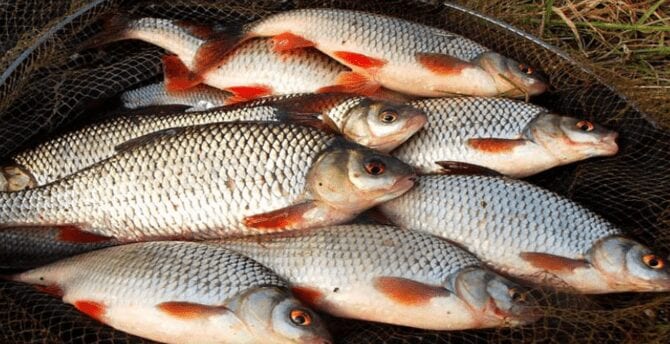
Composition and useful properties of the roach
Roach meat contains valuable protein and amino acids that are very easy to digest. In this regard, dishes made from roach are ideal for people who need more gentle nutrition – pregnant women, the elderly, and those who have had surgery on the organs of the gastrointestinal tract. Besides, the roach is perfect for the diet of children.
As most other types of fish, roach is a low-calorie food, and therefore, dishes made from it can be good as a diet food for people struggling with excess weight. Due to the content of useful polyunsaturated fatty acids, roach helps to cure diseases of the cardiovascular system and atherosclerosis effectively. The meat and fat contain vitamins of group B, and vitamins A and D. Of useful trace elements, the composition of roach includes iron, calcium, phosphorus, cobalt, magnesium, and boron lithium, copper, manganese, sodium, potassium, and bromine.
Calorie content
- 100 grams of fresh roach contains 110 Kcal.
- Protein 19 g
- Fat 3.8 g
- Water 75.6 g
Roach harm and contraindications
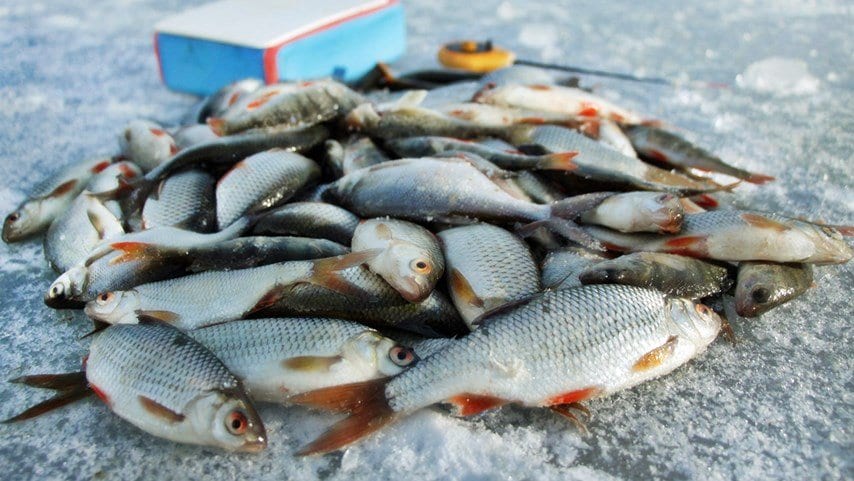
There are practically no contraindications to the use of roach dishes, with the exception that in some cases allergic reactions to this fish may occur.
This fish is not the most convenient object for kitchen delights because of the high bony of this fish. Removing all small bones mechanically is a thankless and tedious task, therefore they usually get rid of them either with the help of a marinade, or when exposed to high temperatures.
Marinade along the way will relieve the future dish of the unpleasant odor that may arise if the roach grew in a stagnant, overgrown reservoir. The source of the smell is the eyes of the fish; therefore, if the ear contains mainly lake roach, it is better to remove the eyes when placing the fish in the dish. Roach is also good for roasting.
Under the influence of temperature, small bones dissolve and even partially rib bones. A wonderful dish reminiscent of canned fish, only much tastier you may obtain from roach cooked in a pressure cooker. Cut the fish into small “canned” pieces, place in a pressure cooker on top of rings of onions, allspice, and sunflower oil, pour with water, and stew for about two hours. You may vary the dish by adding tomato paste, sweet pepper, carrots.
There is also an interesting recipe for roach pate, when the fish in a cauldron is stewed in the oven for about five to six hours, covered with a layer of onions, carrots and poured with refined oil. After that, the “crushed” roach is passed through a meat grinder or crushed in a blender, achieving a paste consistency.
Roach baked in a sleeve with vegetables
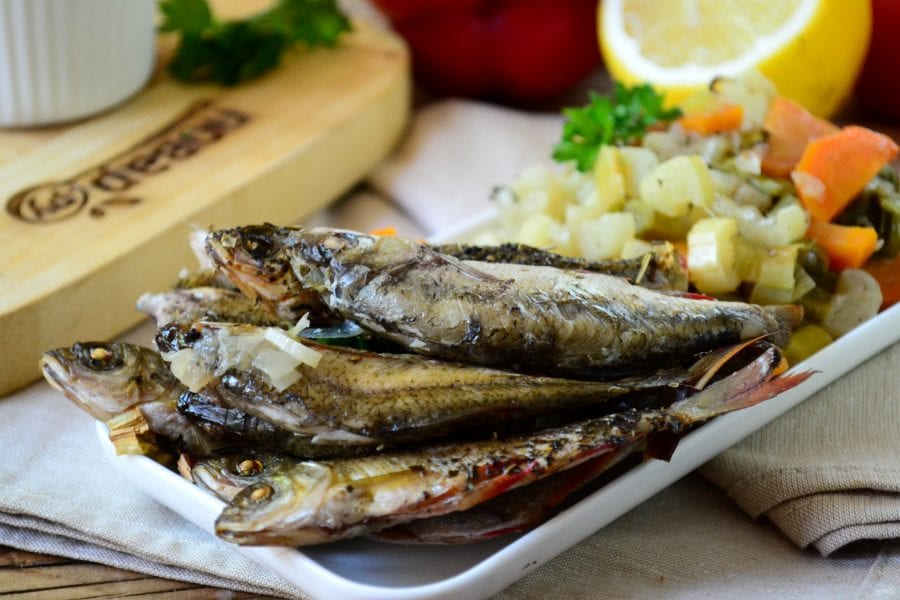
Ingredients:
- Roach – 300 Grams
- Leeks – 200 Grams
- Carrots – 1 Piece
- Onions – 2-3 pieces
- Greens – To taste
- Salt, spices – To taste
Cooking steps
- Prepare all the ingredients you need.
- You can take the fish in any size, but I like small roach the most; it absorbs the aromas of vegetables and spices better and turns out to be tastier.
- Cut carrots, leeks, and onions into slices, not too thick, so that they cook quickly.
- Stir all the vegetables, lightly salt them first.
- First, fold the vegetables onto the roasting sleeve, lightly sprinkle them with your favorite spices. Thyme and basil work well.
- Then place the cleaned and washed fish in one layer.
- Sprinkle with spices and salt again.
- Tie the edges of the sleeve and place them in the oven for 40 minutes.
- Roach baked in a sleeve with vegetables is ready.
Serve without a side dish, bon appetit!










